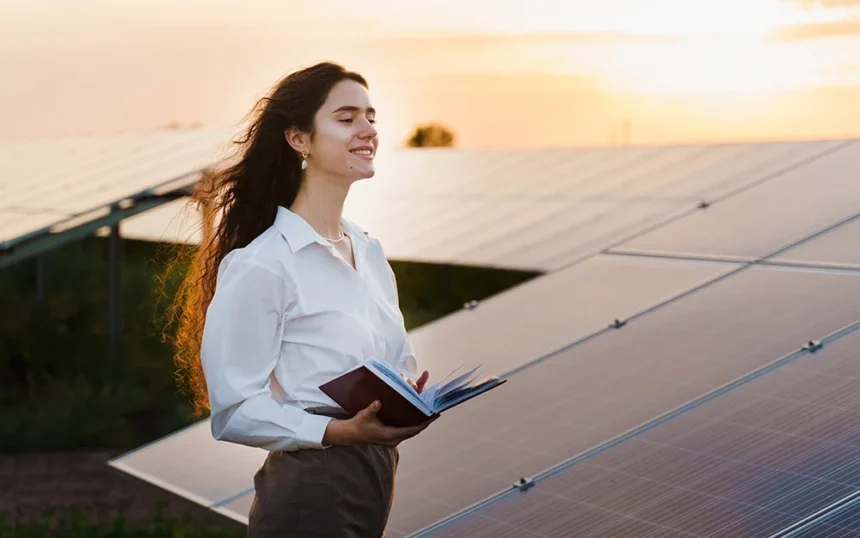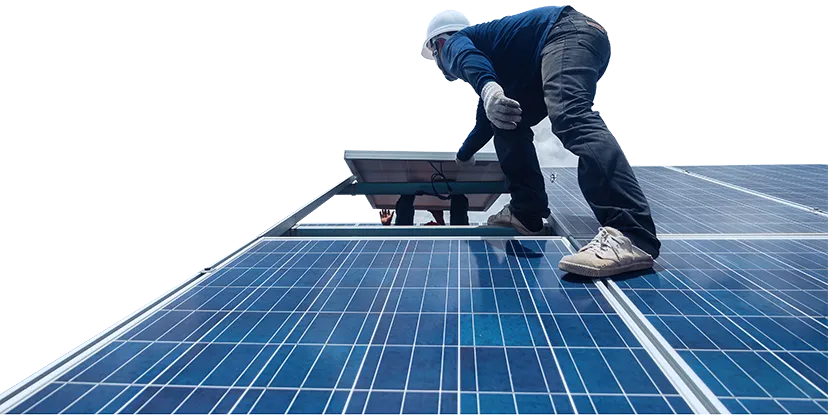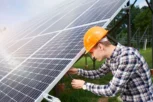
“Green” Tariff: How to Benefit from Energy Generation
Introduction
“The Green” tariff is a state support program for electricity generation from renewable sources. In Ukraine, this mechanism allows private households and businesses to sell excess energy to the grid at a fixed, profitable price. In 2025, the Green tariff remains an important tool for promoting small-scale generation, although support policies are gradually changing.
1. How the “Green” Tariff Works
The Green tariff guarantees that the state purchases electricity produced from alternative sources (mainly solar or wind) at a fixed rate linked to the euro exchange rate. This model allows investors to avoid risks associated with the devaluation of the national currency.
Main advantages:
- Payments in hryvnia with parity to the euro.
- Fixed rates until 2030.
- Simple connection procedure for residential PV systems.
2. Conditions for Private Households in 2025
As of 2025, Ukrainian households may install solar or wind power systems with a capacity of up to 30 kW. The state’s purchase price for electricity is determined as follows:
Year of system commissioning – Tariff (excl. VAT), kop/kWh
2020–2023 – 711.13
2024 – 640.49
2025 – 576.91
Payments are made monthly according to the volume of electricity fed into the grid.
3. Procedure for Connecting to the Green Tariff
To start selling electricity, you need to complete the following steps:
- Install a PV system (up to 30 kW) — on the roof, facade, or on the ground.
- Obtain technical conditions — from the distribution system operator (DNO).
- Install a bidirectional meter — that records consumption and generation.
- Sign a contract with a universal service supplier — to sell the surplus.
- Register in the NERC registry — as a program participant.
4. Program Statistics and Scale
Despite martial law and economic instability, the Green tariff program continued in 2024. The following figures were recorded:
- Total residential PV capacity in Ukraine exceeded 1.2 GW.
- In 2024, households installed over 12,000 new PV systems.
- Most active regions: Dnipropetrovsk, Kyiv, Odesa, Lviv.
- On average, a private PV system covers 80–90% of annual electricity consumption, with the surplus sold.
These numbers indicate high trust in the program and active public participation in the energy transition.
5. Prospects and Possible Changes
The tariff decreases each year by law. The main changes expected soon include:
- Gradual phase-out of the Green tariff for new connections after 2025.
- Possible transition to net billing or net metering — where the owner uses energy for themselves and sells the surplus at market rates.
- Introduction of Green auctions for business and industrial capacities.
The government is working on updating tariff policies to make support more targeted and efficient for the energy system as a whole.
Conclusion
Despite tariff reductions, the Green tariff remains a profitable tool for those who wish to reduce electricity costs and gain passive income. Owning your own PV system is a step toward energy independence, stability in crisis conditions, and a real contribution to the decarbonization of the economy.
If you plan to install a PV system in 2025, now is the time to take advantage of the current terms and get the maximum benefit from Green energy.






